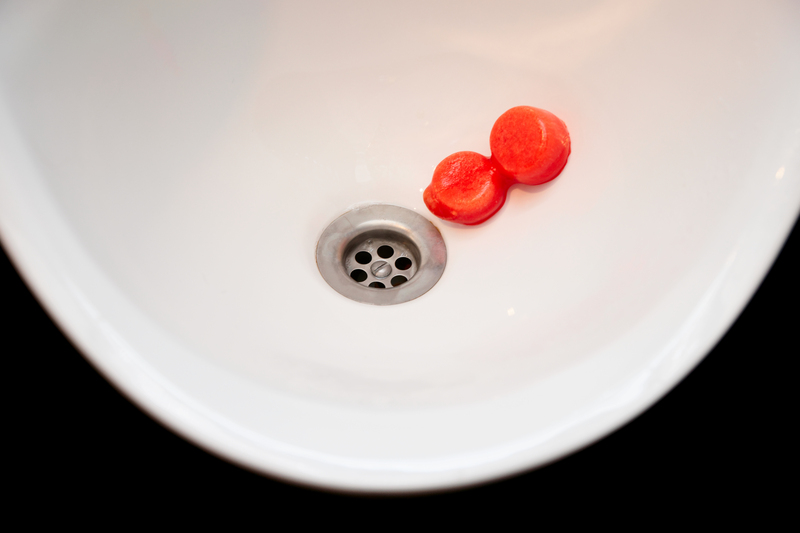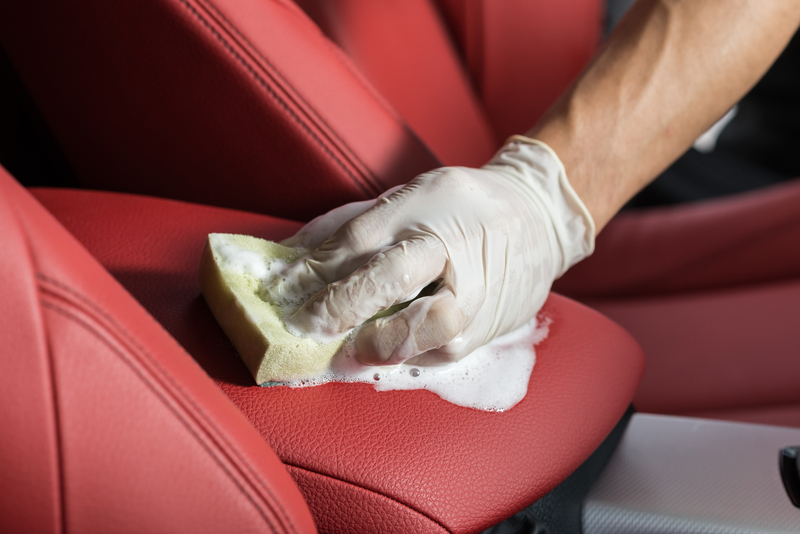Blending Bleach Spots in Textiles
Posted on 18/08/2025
Blending Bleach Spots in Textiles: A Comprehensive Guide
Bleach spots on textiles can be a nightmare for anyone who values their clothing and home fabrics. Accidental spills or improper use of bleaching agents tend to leave unsightly, discolored marks. However, all is not lost; with the right techniques and tools, you can blend these bleach spots, restoring a more uniform appearance to your fabric. This article delves into effective strategies, tips, and pros and cons of blending bleach spots in textiles.
Understanding Bleach Spots
Before diving into the methods of blending bleach spots, it's essential to understand what they are. Bleach acts as a strong oxidizing agent, stripping the dye from fabric and leaving it discolored. The severity can range from light discoloration to complete removal of fabric color.

Preparation for Blending Bleach Spots
To begin with, gather the necessary materials:
- Fabric markers or dyes
- Cotton swabs
- Mild detergent
- Protective gloves
- A small container for mixing dye if needed
Start by washing and drying the fabric to remove any bleach residues. Wearing gloves, carefully inspect the discolored areas to determine how best to approach blending.
Methods of Blending Bleach Spots
Different methods work better for different types and severities of bleach spots. Here are a few effective techniques:
1. Fabric Markers
Fabric markers are an excellent choice for small bleach spots. They are available in various colors and are straightforward to use.
- Select a marker that closely matches the fabric color.
- Test the marker on a hidden part of the fabric to ensure it blends well.
- Gently color in the bleach spot, allowing it to dry before applying additional layers if needed.
2. Fabric Dyes
Fabric dyes are more suitable for larger bleach spots or where the discoloration is significant.
- Mix the dye according to the instructions.
- Using a cotton swab, apply a small amount of dye to the bleach spot.
- Blend the dye outward from the center of the spot for a more natural look.
- Allow it to dry completely, then wash and dry the fabric as usual.
3. Sewing Patches
In cases where bleach spots are too large or numerous to blend effectively, sewing a patch over the damaged area can be a creative and stylish solution.
- Choose a patch that complements the overall design of the fabric.
- Sew the patch securely, ensuring it covers all bleach spots.
Tips for Preventing Bleach Spots
- Always follow the instructions on bleaching products.
- Use color-safe bleach as an alternative.
- Avoid using bleach near valuable textiles.
- Perform a patch test on a small, inconspicuous area before full application.
Pros and Cons of Blending Bleach Spots
Pros:
- **Cost-Effective:** Saves money compared to replacing the entire garment or fabric.
- **Customizable:** Allows personalization through patches and dyes.
- **Quick Fix:** Fabric markers and some dye applications can be done swiftly.
Cons:
- **Time-Consuming:** Blending larger areas can take considerable time.
- **Not Always Perfect:** Matching the fabric color exactly can be challenging.
- **Temporary:** Some methods may not be as durable over time and might fade with washing.

Takeaways
- Assess the severity of the bleach spot to choose an appropriate method.
- Fabric markers are best for small spots; dyes work well for larger areas.
- Preventive measures can save you from the hassle of blending bleach spots in the first place.
Conclusion
Blending bleach spots in textiles requires patience and a careful approach, but with the right materials and techniques, you can restore your fabric's appearance effectively. Whether you opt for fabric markers, dyes, or creative patches, taking the time to blend bleach spots can extend the life of your treasured textiles. Always aim for preventive measures to avoid future mishaps, and remember that practice makes perfect. Happy blending!
---







